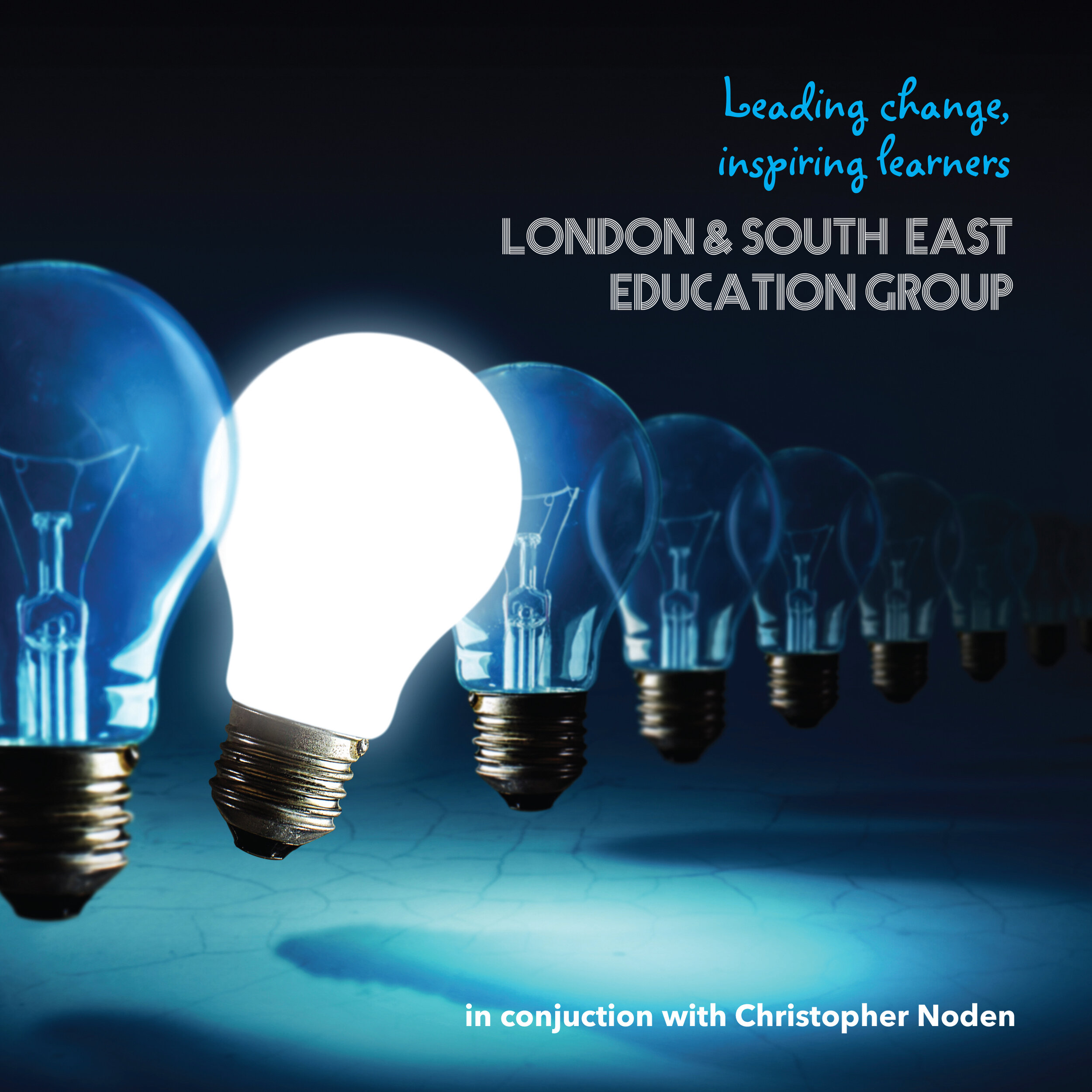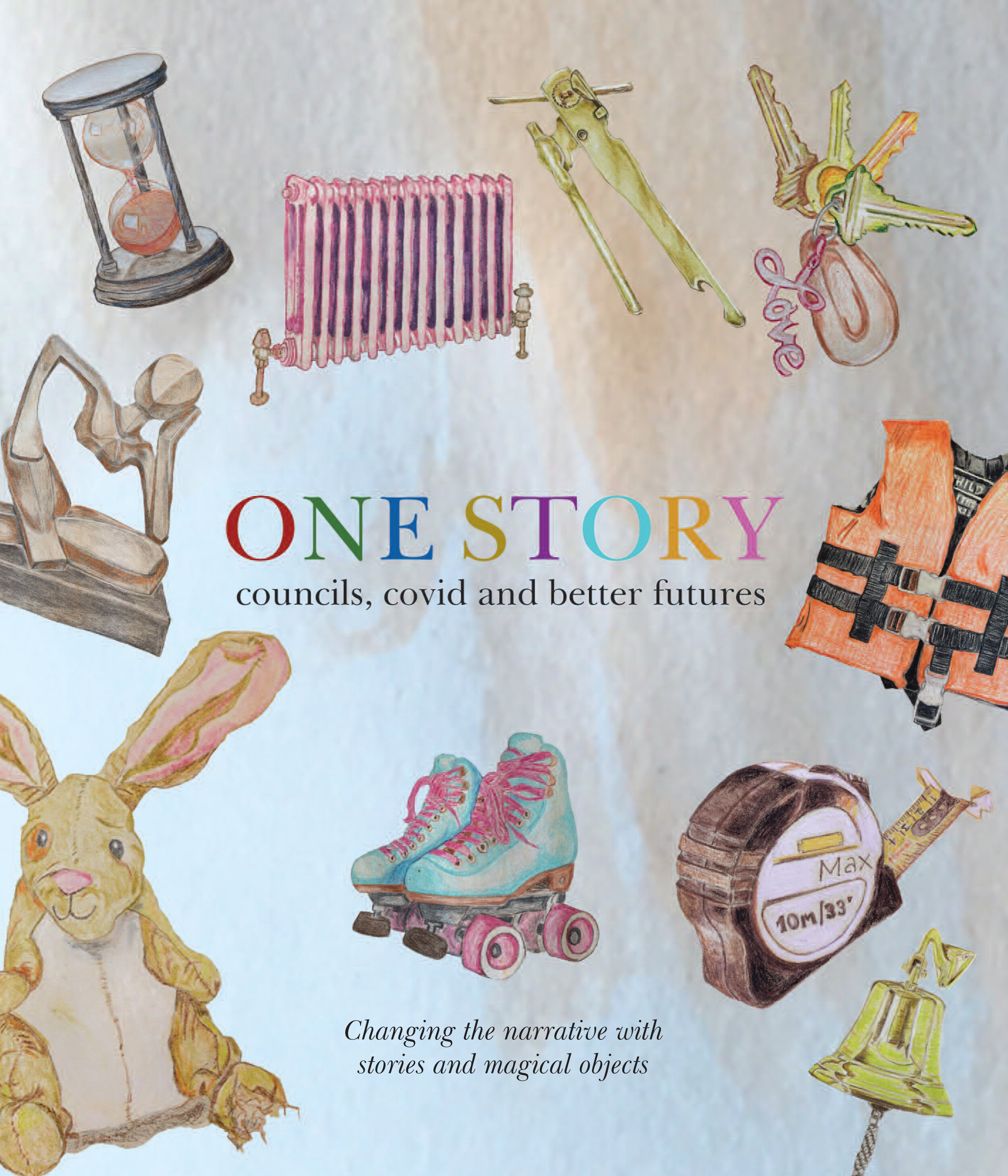In this post and some of the posts below I share some thinking from my hybrid MA Performance Practice - and performance based film making work. This is at the University of the Arts (ArtEz) in the Netherlands and part-time in the UK. In 2026 I will be on a research journey and may post here from time to time.
We-dentity
Designing the Body of Research - updated research components
I am an older feminist artist who wants to challenge fixed societal norms, I argue that society needs more “we” and “less I”. In my practice, I start with myself. Focusing on more we, by embodying & expanding myselves. At the heart of this practice, I work with four alter-egos who perform and make art in different ways. Through this I explore different ways of being.
My four alter-egos are:
Doris – who is in the process of becoming a cosmic being,
Donnah - is an angry teenager,
Tatyana – is a Czech rhythmic gymnast, born in Prague 1963,
The little one - is a silent, part magical part wounded child,
They are represented by these 4 stations.
I thank everyone for all the learning throughout the year, it has helped me to get to the point where a community of alter-egos seems possible.
My research question is…
• In what ways can the embodiment of multiple alter-egos operate as a collective performance making method?
My Aim is…
• To shift fixed notions of identity by examining co-existence and co-creation within a community* of alter-egos and investigate the performative potential of standing in the spaces between them.
• *community / cohort /system – please note I have more work to do on getting the right word. Working this out is included in my objectives.
Why this question and this aim?
I start with my personal urgency, societal urgency then discuss the theoretical and artistic field.
Urgency
• Personal – My practice over the last four years and my lived experience has taught me that this work needs doing, that it does challenge expectations, and that it increases my agency. I am actively expanding notions of identity, build more collective ways of being, fluidity and flexibility. I want to go further with it, to learn more and share that learning.
• Society – As Byung Chul-Han (Burnout Society, 2015) argues contemporary society, driven by capitalism and neoliberalism and a focus on the individual, creates an emphasis on self-optimization and constant productivity that is isolating. It separates us from others, from the others within and from our communities. I agree with this analysis, I am enacting Han’s call, for more “we” in society and less I.
Field - Theories and argumentation:
In looking at communities of alter-egos and how they operate in performance studies, I have found an evidential gap. I have found no empirical studies on how alter-ego communities reshape bodily awareness or collective selfhood, sparse analysis of transitions between alter-egos as performative acts and few (if any) case studies on alter-ego collectives. I am still working on this.
In the embodiment of my four alter-egos, there are always transitions between them. Therefore in the wider aim of my research I include the investigation of the standing in the spaces between the alter-egos. I see this as both part of the concept and the how. I argue it is a dramaturgical operation, a critical step in the work because it enacts the community of multiple alter-egos.
I am prioritizing embodied co-creation in my question and using the data from the standing in-between the self-states to understand the activation of the alter-ego community, thus meeting the wider aim.
Many writers have written about standing in the spaces (also thirdness and liminality) so I suggest there is no gap in the field here.
My research field draws on psychology, identity studies and philosophy (of selves and consciousness), neuroscience and performance studies.
I draw on the theories of:
Philip Bromberg’s psycho-analytical multiplicity theory argues that the healthy self isn’t a singular cohesive entity and that the capacity of different self-states to recognise and maintain identities is vital. This ability to hold multiple entities (of cognition, behaviour and affect ) and sometimes conflicting self-states simultaneously, is how I experience my alter-egos. I am also using Bromberg’s theory of standing in the spaces as a dramaturgical metaphor as it suggests possibilities that could be translated from psychotherapy to performance art in my research.
Jessica Benjamin builds on and criticises Bromberg’s (2012) work bringing the focus more on relationality and intersubjectivity. Benjamin sees thirdness as a shared, co-created intersubjective space where entities surrender their rigid positions and engage in mutual recognition without domination or submission. This relationality is important for supporting my analysis of the community of alter-egos but it is contested. Here I bring Judith Butler’s work into the dialogue to add support and criticality.
Judith Butler’s – seminal ideas on Performative Acts and Gender Construction argue that because gender is performed and repeated, not stable, or innate, there is the possibility of variation, the ability to perform differently. The important aspect of the theory for me is not whether to repeat gender but how to repeat it, so that norms are challenged.
Butler criticises Benjamin, for example suggesting that the emphasis on mutual recognition can inadvertently reinforce normative categories of identity. If recognition requires recognizable subjects, what happens to those who exist outside normative frameworks? I am interested in the potentially subversive power of unrecognizable, multiple, or contradictory selves that resist easy categorization.
4. In Thomas Metzinger’s Ego tunnel theory he describes consciousness as a transparent, first-person simulation that creates the illusion of being a unified self experiencing reality directly. According to Metzinger, what we experience as "self" is a phenomenal self-model (PSM) from Metzinger's perspective, alter-egos is another name for an ego tunnel. This conflicts in part with the other theories in my field but helps bring me to my argument:
That through performance it is possible to see The Self as Community" - Revealing individual selves and consciousness as inherently social, collaborative, and multiple rather than isolated and singular.
That I am creating a Performance as Selves Laboratory – where my work is an experimental investigation into the possibilities of human awareness, pushing beyond conventional understanding of what performance and selfhood can be.
I argue this framework also suggests why artistic alter-egos can feel both authentic and constructed simultaneously. They're authentic because they emerge from real self-states (Bromberg) and genuine intersubjective encounters (Benjamin) AND constructed because they involve deliberate development (adding to Metzinger) and presentation of usually less prominent aspects of self (Butler).
I suggest that my embodied performance practice offers new interpretations and contributions back to the disciplines I draw from.
The artists in my field – are included for connection to and the differences from my practice.
· Joan Jonas – I am including Jonas’s visual artworks because of the way she uses multiple alter-egos in a distinctive poetic language that entangles many elements. She does this using a variety of media: live performance, drawing, installation, video, sound, and photography to create dense, textured environments. I am learning from this practice using similar media to explore to explore gender and fluidity through my alter-egos.
· Sin Wai Kin –an artist working with multiplicity in relation to their alter-egos and characters. Their works challenge binaries of many kinds, particularly gender. Their practice involves assembling distinct archetypes into a fluid collective, using traditional opera roles as a framework to expose and subvert societal binaries. Their approach through performative makeup, costume, inter-character dynamics, and speculative storytelling, is useful to my work especially how they invite audiences to reconsider the nature of self and reality.
· Lynne Hershman Leeson – uses multiplicity in a different way, again with similar alter-ego concepts, I‘m interested in her work with her alter ego Roberta Breitmore who is inhabited by many other artists and members of the public over the years. I’m keen to explore other artists inhabiting my alter-egos to give a new perspective. That will be part of the on-going research.
· Many other artists are found in my canons and lineages. I take them with me too as inspiration in designing my experiments.
Contribution – I hope this work contributes to closing an evidential gap by….
Providing a case study of one artist’s use of a community or cohort of alter-egos, offering new insights into the relationship between identity, body, and performance .
Ways of understanding and approaching alter-ego communities and considerations of their role / application in performance studies
In relation to the fields I have outlined,
For performance studies I hope this practice as research will produce a performative framework for multiplicity – a replicable methodology using alter-ego communities as critical tools for deconstructing identity
I see the work contributing embodied Evidence for relational theories of selfhood through live performance. Generating tacit knowledge through improvisation, which theoretical frameworks (e.g., Butler) cannot totally provide.
And possibly a decentralised creation model that challenges solo-performer paradigms identity can be a negotiated collective (Butler) and how embodiment function as a distributed phenomenom (Barad)
Linked to my argumentation, the practice might contribute a Practical Demonstration that selfhood and consciousness are naturally multiple. the work will provide a methodological innovation by using performance as identity and consciousness research. In gender and political studies I see the work as contributing a Political Challenge to individualistic assumptions about identity and agency.
For audiences I hope this research will have impact because it is not just theorizing about multiplicity – I’m living it publicly. I hope to offer audiences direct experience of how selfhood could be different, more fluid, more collaborative and invite them to think about their own selfhood.
The research will demonstrate that the "self" is not a thing to be discovered but a process to be enacted, not a possession to be protected but a community to be cultivated. This has implications for thinking about selves, identity and artistic practice, social relationships, and political possibilities.
Objectives
In this section of the lecture I will set out the Objectives of my research, for each objectives I explain the methods and methodology, including limitations and how I might mitigate them…
1. Carry out a topic-based literature review for artistically and theoretically relevant references related to alter-egos, identity construction and with a particular focus on notions of alter-ego communities in contemporary performance practice. As part of this objective I will clarify terms and definitions.
Method – literature review
Actions include: Identify and review key texts in performance studies, psychology, philosophy, sociology, and neuroscience relevant to alter-egos and identity
I will Annotate and synthesize findings in a literature matrix, highlighting gaps and approaches to alter-ego communities.
I will Collate definitions from interdisciplinary sources on terms to be more theoretically defined include Self, self-states, alter-egos, identity, intersubjectivity, thirdness, liminality, alter-ego community / cohort or system - particularly clarifying the use of the word “community” in respect of alter-egos.
In order to ensure validity I will be systematic and transparent in recording and bring critical engagement with my sources. I am aware of potential limitations such as selection and publication bias, and aim to mitigate these through careful planning, documentation, and tutor / peer consultation.
Output: bibliography and summary document (by end of November 2025).
Write a glossary with critical definitions and noting variations in usage across disciplines.
2. Set out my principles or guidelines for embodiment, to describe for example how am I activating this group of alter-egos as a “community”, and to inform the improvisational scores.
Method: Embodied analysis. I am only just getting started with this, How do I know what these engagements and transitions are in my body? I want to analyse the Being of the performance artist in the process of performative action, where the material is my own “lived body” as Merleau-Ponty argues. So that I can describe how the presence of my alter-egos are perceived, produced and experienced.
To achieve this objective my actions are:
• Reflect on my practice and relevant case studies
• Draft a statement on how alter-egos are constructed, embodied, and given agency in your work – and test it with peers / mentors.
• Output: Principles document to guide pratice (by end of December 2025).
3. Create improvised scores for the experiments, based on guidelines above.
I will create scores for exploring the later-ego engagements and the standing in the spaces between my alter-egos. My aim is that this will help to ensure replicability.
I do worry that over-structuring may inhibit genuine alter-ego engagement and the transitions, I will discuss this with tutors and try pilot scores and include "open" phases within scores.
Method - Improvisational score
Actions: Design experimental protocols, including improvisational scores and reflective journaling templates (January 2026).
Pilot at least one experiment to refine methodology.
Set clear criteria for assessing physical, emotional, and psychological responses (drawing on reflective and phenomenological methods.
Output: Methodology chapter and experiment templates (by end of January 2026).
4. Carry out practice as research –
Method - conduct a series of practice-based improvised experiments designed to test different approaches to alter-ego interactions and transitions, capturing challenges and insights that illuminate my question.
this method is the core of my research, allowing real-time exploration of co-existence and transitions between selves. Studio-based improvisation will generate emergent dynamics, the "co-creation within a community of alter-egos". I plan to use structured iterations and to repeat experiments with varied constraints (e.g., time limits, persona-switching rules) to test consistency of findings. I will triangulate data: Cross-reference improvisation outcomes with journaling/peer feedback to reduce subjectivity.
I am keen to learn about the tension between my curation vs the alter-ego group emerging dynamics, and whether and how their autonomous creative impulses emerge.
Method / Actions:
Schedule and conduct a minimum of 6-10 studio-based experiments
Use video, audio, and journaling to document each session.
Collaborate with peers for selected experiments to explore co-creation.
5 Document the physical, emotional, psychological and perceptual changes that occur during the embodiment process (based on the experiments above) I will use the methods of reflective journalling and video documentation.
I need to capture the subjective experience of the "co-existence" and the transition states, providing data on identity fluidity that I couldn’t get from performance alone. Credibility: I will log reflections immediately post-improvisation to minimize recall bias (as I know this is a problem).
I will track the somatic costs of maintaining multiple alter-egos and kinesthetic empathy. These methods worked well for me in the residency. I know that self-reporting may overlook embodied knowledge, so I will add a method or two.
Other Methods - I aim to use other techniques such as somatics, body-mapping or sketching sensations. practice led writing, field notes Peer exchange and dialogue – collaboration with other artists. audio (vocal shifts), and field notes to create a fully rounded description of the experiment / results.
Output: Data ready to be analysed
6. Analyse how the alter-ego transitions and engagements reshape bodily awareness and contribute to new understandings of shifting fixed notions of the self, communities of alter-egos, and affect identity.
Aim: Systematically analyse the data for changes in embodiment, identity, and community during experiments.
Method : Review and code documentation for themes related to bodily and psychological shifts (March 2026).
Analyse how findings challenge or support fixed notions of self and community.
Output: coded data (by end of March 2026).
7. Write up findings and develop approach to exposition of artistic research. And Contribute back to the theories outlined in my field.
Aim: Synthesize findings and articulate contributions to artistic research and performance studies.
Actions:
Draft research exposition, integrating literature, methods, practice, and analysis (April 2026).
Prepare documentation for assessment/exhibition EARS
And feedback from peers and supervisors; revise accordingly.
I will implement a timescale inline with the HOPP YR 2 timetable as required.
Ethics
• Self-care – psychological well-being? – I am now working with a drama psychotherapist in a specific way to support me through the research. They are helping me as a facilitative guide to how I meet the work and how it meets me, in an embodied way. They are sharing Dialectical Behavioural Tools and supporting with me notes and reflection questions. Other artists I might invite to inhabit the alter-egos – I’ll liaise with the drama therapist on this.
• Theoretical choices - Benjamin highlights the mutual recognition and surrender between distinct selves, which is crucial for avoiding reductive binaries and fostering ethical, transformative performance relationships.
Thanks for reading.














